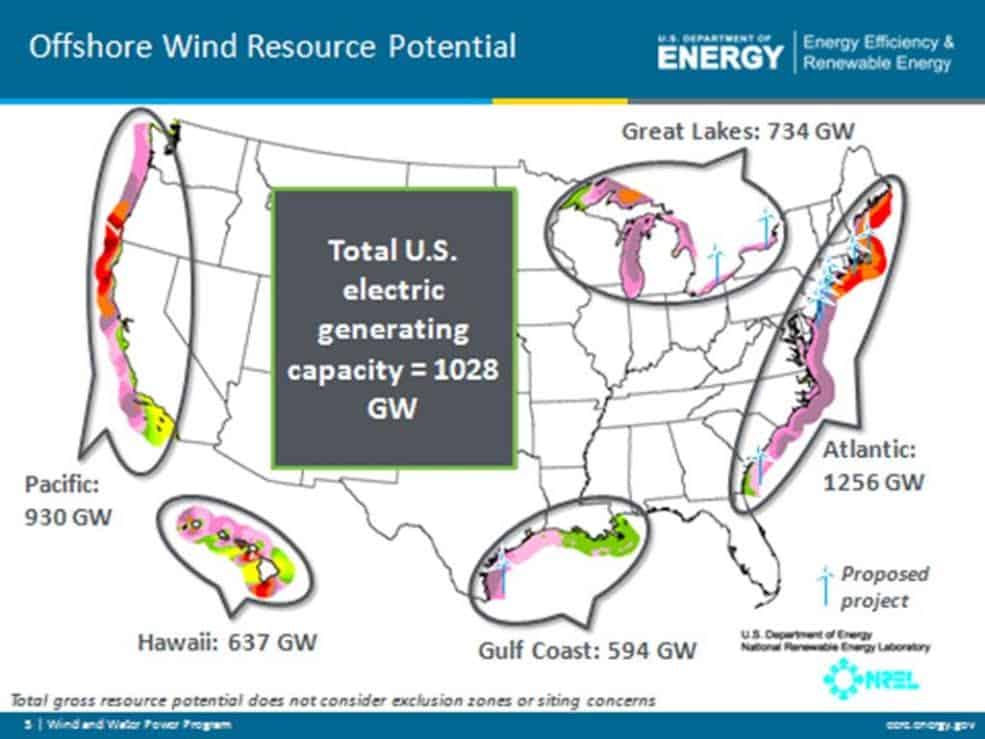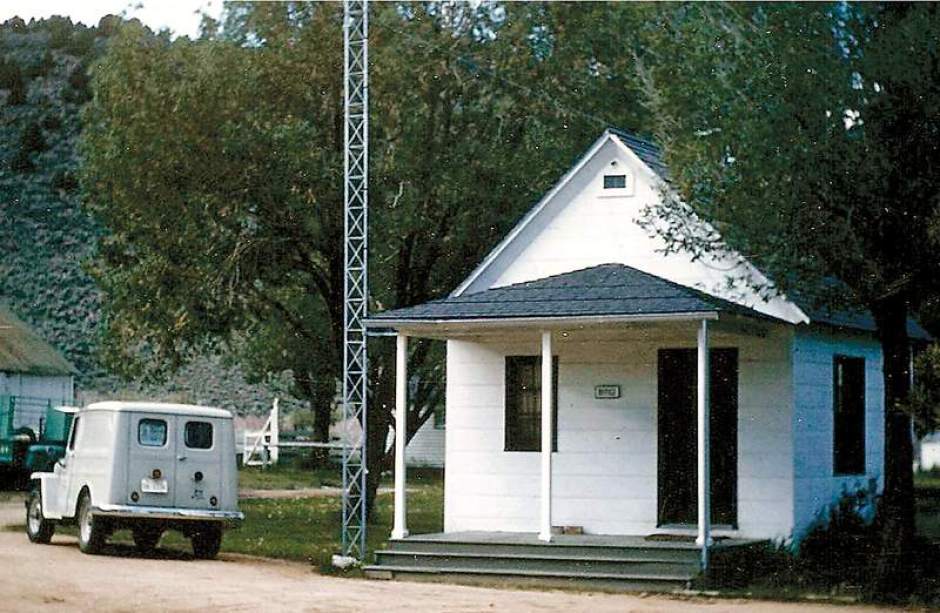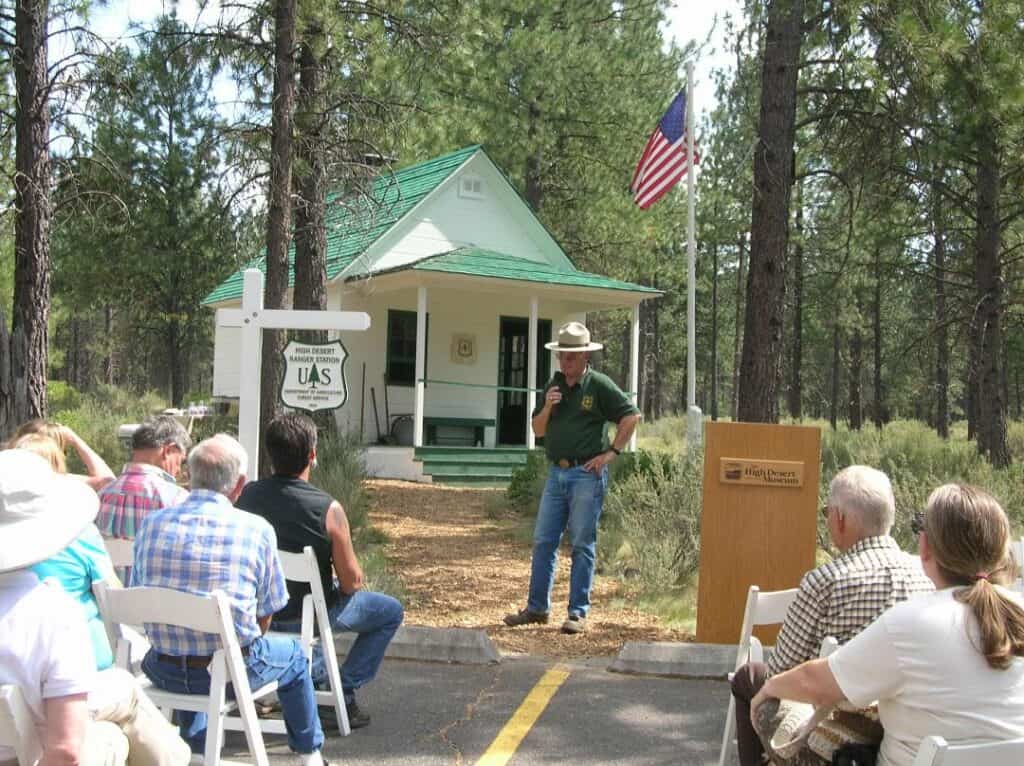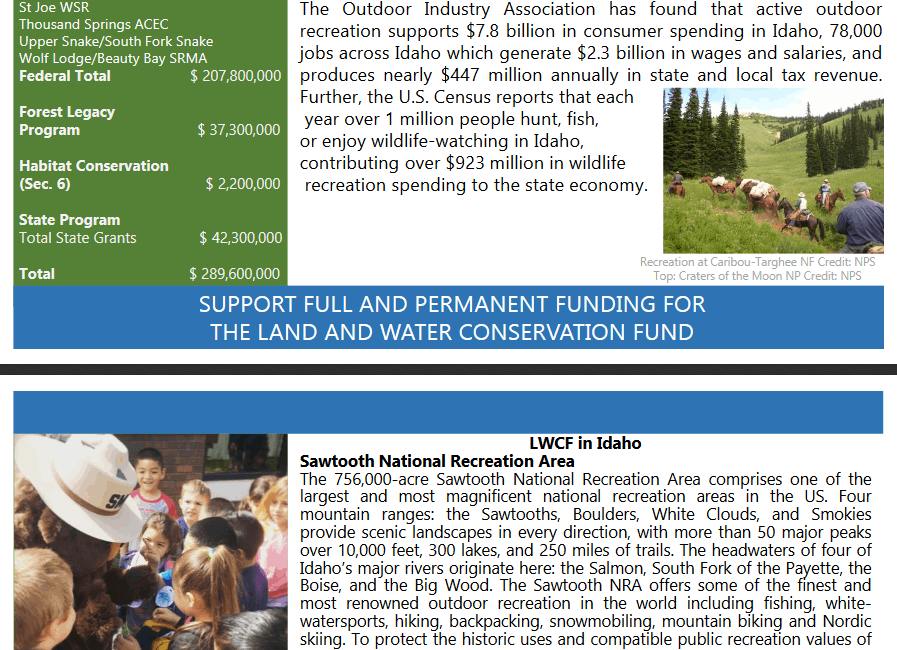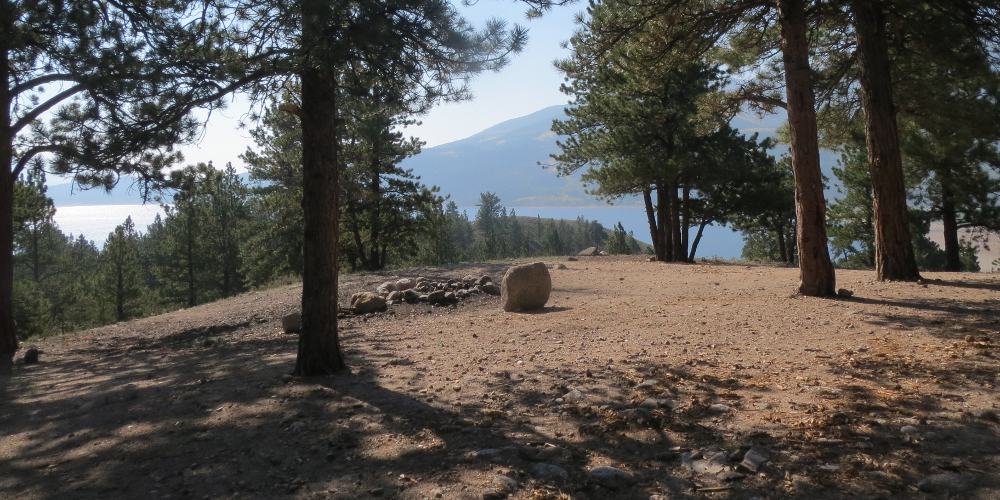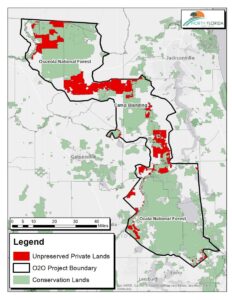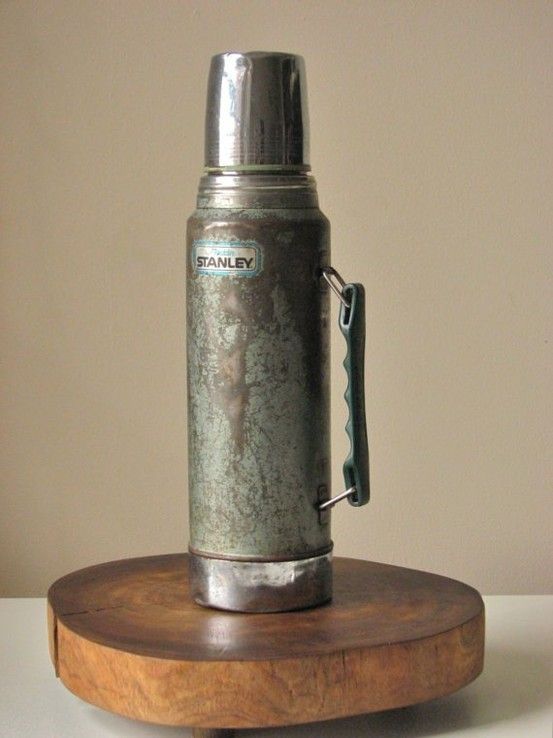
- Stanislaus grazing (court decision in Central Sierra Environmental Resource Center v. Stanislaus National Forest, not included in earlier Forest Service summaries)
On August 6, the Eastern District of California court held that the grazing program (permits and annual operating instructions) for three livestock grazing allotments on the Stanislaus National Forest did not violate the Clean Water Act and is consistent with the forest plan in accordance with NFMA. With regard to the latter, it deferred to the Forest Service interpretation of forest plan grazing standards to require long-term compliance based on monitoring and on evidence of steps taken to reduce impacts. (We were talking about this here a couple of years ago.)
On April 21, the Eastern District of California court denied a preliminary injunction against two recovery projects following the Rim Fire on the Stanislaus National Forest. New information submitted by plaintiffs suggesting greater natural regeneration than expected did not warrant preparation of a supplemental EIS. While plaintiffs did raise serious questions regarding whether the California Department of Housing and Community Development should have analyzed the cumulative impacts of a biomass facility in conjunction with the recovery projects, they did not establish a likelihood of success on the merits, which allowed the benefits of the projects to outweigh potential harm from an injunction. (Searching this site for “Rim Fire” will find a lot of background, most recently here, A previous lawsuit was discussed here.)
On April 29, the Montana district court denied plaintiff’s motion for a preliminary injunction against the Darby Lumber Lands II Project on the Bitterroot National Forest since logging wasn’t expected to start until this fall. “Friends of the Bitterroot said the agency’s decision to include logging in the second phase of work on the already heavily logged area that was once owned by Burlington Northern Railroad and then Darby Lumber was contrary to the agency’s initial focus on restoration of the area.”
On April 30, the Colorado district court granted summary judgment to plaintiffs on two of its Freedom of Information Act claims related to oil and gas lease sales (some of the records involve the Forest Service, so I’m assuming this affects the San Juan National Forest) and their effects on the federally listed Gunnison sage-grouse. BLM was required to search for additional records at its national headquarters and to prepare a new index that would allow the court to determine if FOIA exemptions were properly applied.
- Malheur grazing (court decision in Oregon Natural Desert Association v. U. S. Forest Service)
On May 1, the Ninth Circuit Court of Appeals affirmed the district court and the Forest Service determination that a number of grazing authorization decisions on the Malheur National Forest were consistent with two standards in the forest plan (including a key standard found in the Inland Native Fish Strategy applicable to all national forests with bull trout habitat). The court agreed with the Forest Service that determining consistency with standards focused on outcomes designed to protect aquatic resources required a “multi-pronged approach” over time, including monitoring.
- Kilgore Mine (update on Idaho Conservation League v. U. S. Forest Service)
On May 4, the Idaho district court revoked the Forest Service’s approval of the Kilgore Project exploring for gold on the Caribou-Targhee National Forest, after ruling in December that the Forest Service failed to consider the applicant’s underground drilling as a threat to water quality and Yellowstone cutthroat trout in Corral Creek.
- Grizzly bear delisting (update – hearing on Crow Indian Tribe v. U.S.A.)
The Ninth Circuit Court of Appeals held a hearing on this case on May 5th, as reported here and here. The U. S. Fish and Wildlife Service has agreed to study the impacts on the species as a whole from delisting the Yellowstone population of grizzly bears, but does not want to conduct the “comprehensive review of the entire listed species” mandated by the district court (which could have implications for the legal status of other populations). The genetic health of the species is also at issue. (The district court opinion is found here.)
- Bear baiting (update on WildEarth Guardians v. U. S. Forest Service)
On May 7, the Idaho district court dismissed the NEPA claim but allowed the ESA claim to continue in this case involving black bear baiting in national forests in Idaho and Wyoming. The agreement with the states to allow the practice, which has led to the death of grizzly bears, was established by rulemaking, so there is no ongoing federal action that would trigger the need for additional NEPA analysis. The attempt by the U. S. Fish and Wildlife Service to remove itself from the ESA part of the case was denied. (When this case was filed, we discussed it here.)
Central Oregon LandWatch and Oregon Wild filed suit against the 15,763-acre Black Mountain Vegetation Management Project on the Ochoco National Forest, claiming it would build too many roads, allow logging by streams and failed to identify and protect elk habitat.
The Center for Biological Diversity and the Environmental Protection Information Center have sued the U. S. Fish and Wildlife Service in California for failure to complete the ESA listing process for Humboldt marten within the required timeframes after proposing it for listing in October, 2018 (as we discussed here). Martens are threatened by logging of mature forests, loss of closed-canopy habitat to wildfires, rodent poison used in marijuana cultivation, and vehicle strikes.
On May 6, five conservation groups, a canoe manufacturer, five outfitters and two outdoor-activity nonprofits sued in the District of Columbia court. Plaintiffs allege that the Bureau of Land Management violated the National Environmental Policy Act before renewing the leases of land in the Superior National Forest for the Twin Metals copper-nickel mining project, following a prior rejection by the Forest Service under the previous administration. Additional background may be found here and here.
In the latest effort to stop construction of the Mexico border wall, three conservation groups have filed suit in the District of Columbia court against three federal agencies (not including the Forest Service) for taking $7.2 billion from the Department of Defense without congressional approval of this use. They allege that the planned barriers will wall off all remaining jaguar corridors along the U.S.-Mexico border (which would affect those using national forests).
- SLAPPback suit against Roseburg Forest Products (new lawsuit: Water for Citizens of Weed California v. Churchwell White)
A group of citizens in Weed California has sued attorneys for the Roseburg Forest Products Company. The attorneys had previously sued the individual citizens, who were activists involved in a disagreement about the town of Weed’s water supply. The citizens prevailed in that case using California’s anti-strategic litigation against public participation, or anti-SLAPP, law intended to prevent use of the courts for intimidation. In an unusual turn, they are now seeking damages from the attorneys in California Superior Court.
In response to the NOI referenced here, the U. S. Fish and Wildlife Service has agreed to reexamine the effect of the proposed development of summer recreation facilities (including mountain bike trails) on the federally endangered Mt. Charleston blue butterfly and its designated critical habitat on the Humboldt-Toiyabe National Forest.

